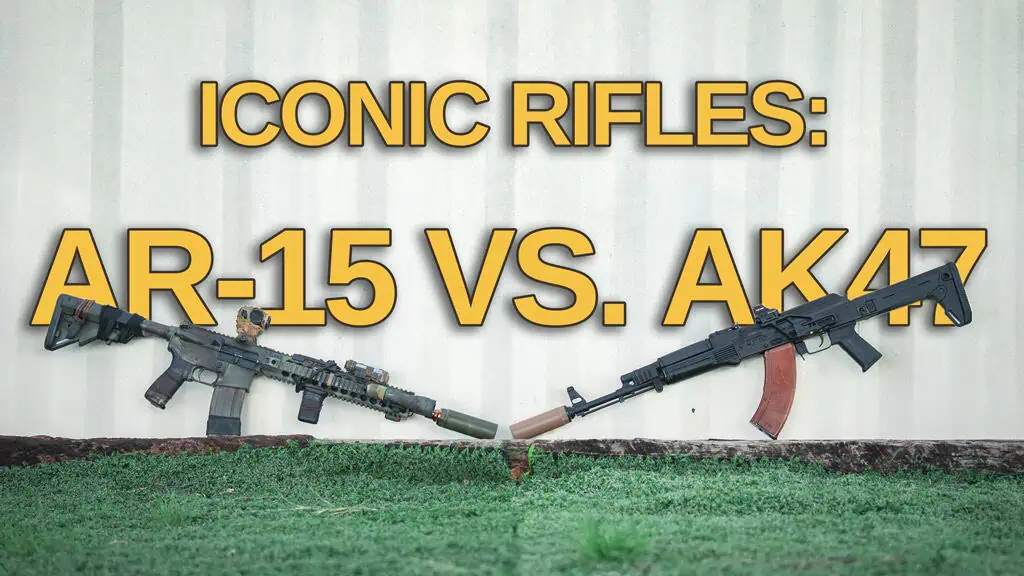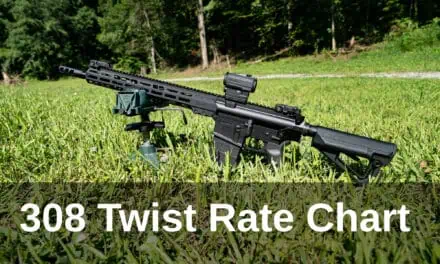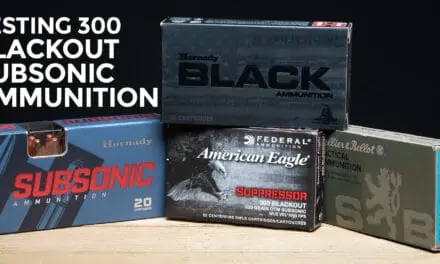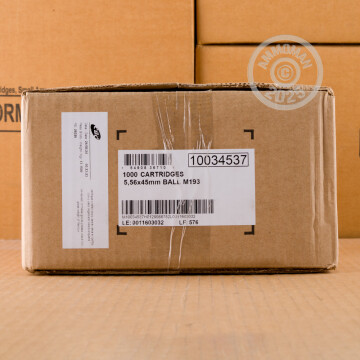The two most prevalent assault rifles in the world are the AK47 and the AR15, and both have extremely loyal fans. Each platform has it’s shortcomings but there is a practicality to them both that makes them highly desirable. Let’s find out which is better for you!
So Who Wins? AK47 vs. AR15
Before we dive into the details, overall our top pick is…both, sort of…Tyler will explain below.
| Attribute (1 = bad 10 = good) | AR-15 (5.56x45) | AK-47 (7.62x39) |
|---|---|---|
| Accuracy (MOA) | 1.5-2 MOA | 2-4 MOA |
| Durability (1-10) | 8 | 9 |
| Effective Range (Yds) | 600+ yards | 300-400 yards |
| Ammo Affordability (1-10) | 7 | 6 |
| Recoil (1-10) | 8 | 4 |
| Ergonomics (1-10) | 8 | 7 |
| Customization (1-10) | 9 | 6 |
| Reliability (1-10) | 8 | 8 |
| Weight (lbs.) | 7-9 pounds | 8-10 pounds |
| Price (1-10) | 7 | 5 |
| Availability (1-10) | 11 | 6 |
Doing a AK47 vs. AR15 article isn’t as black and white as you might think. Unfortunately, it is an apples to oranges comparison. On one hand, we think that the AR15 offers more capability for the average American reader. Ammunition, parts and the ability to customize AR-15’s is abundantly more accessible and convenient compared to the AK.
However, Kenneth and myself also love and enjoy the AK platform. It offers great performance at closer ranges, with generally high reliability. And although it requires more experience, the AK47 is still highly customizable. We both feel that there is a lot of value in both!
It is assumed our readers are in the United States, Canada, or Western Europe. Outside of a NATO country, results may vary.
Quick Background of Both Systems
Brief History of the AK47
The AK platform is commonly referred to as the AK47. This term is often incorrect but we’ll explain why in a moment. The AK47 was put into service in 1949 in the Soviet Union. The later designed “AKM” was put into service in 1959.
AKM vs AK47: What’s the difference?
This may warrant a future article. For now, here is one main difference between an AKM and AK47 that we think will help you differentiate. An AKM (M meaning “modernized”) has a stamped receiver and muzzle brake. Follow-up variants such as the AK74, AK100 series, and almost every other AK is derived from the AKM.
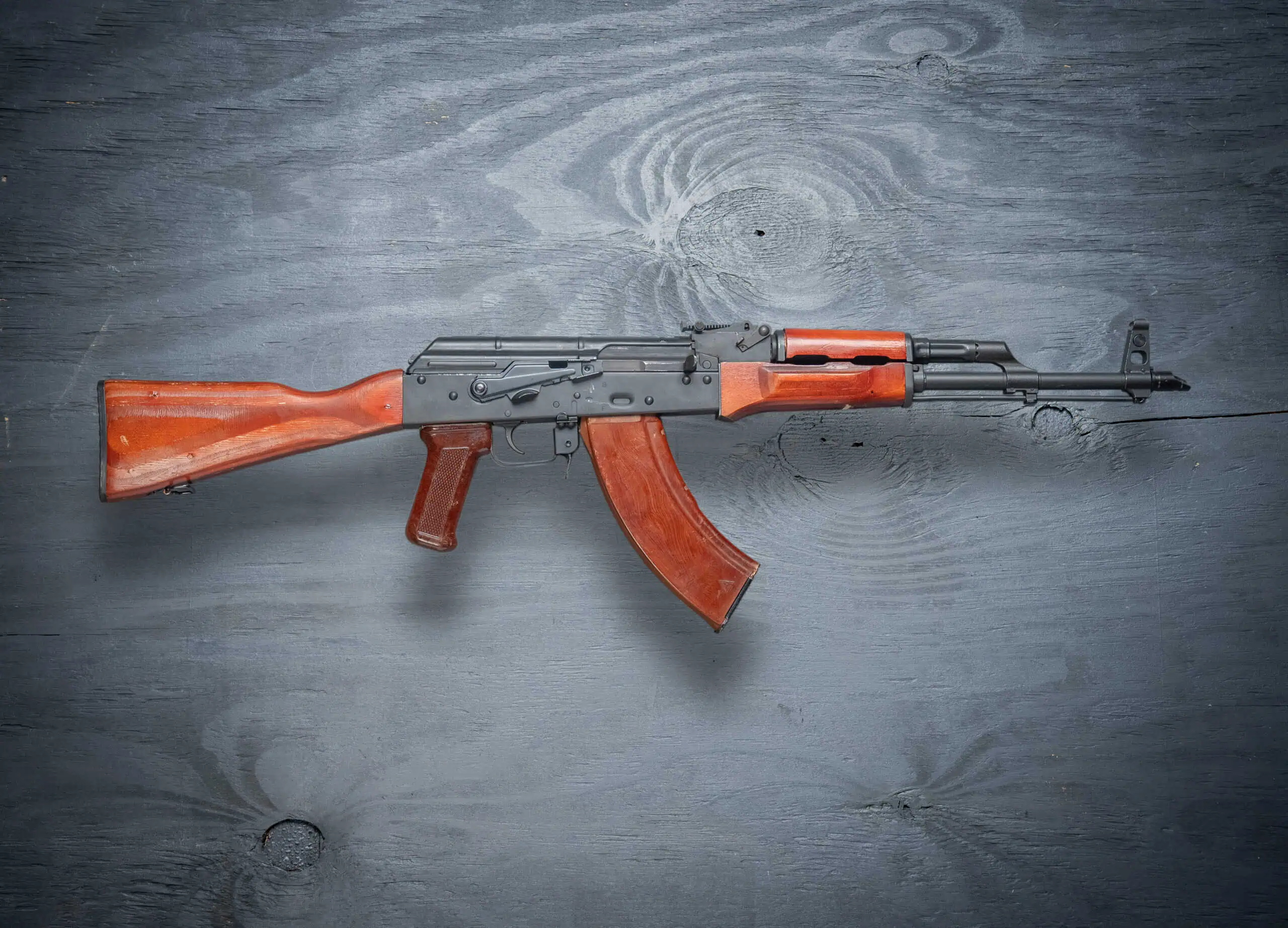
Can you tell if this is an AK47 or AKM?
The modern standard issue version of the AK in Russia is the AK-12, chambered in 5.45×39 Russian. The 5.45×39 closely mimics the ballistics to the counter cartridge, 5.56×45 NATO which is heavily saturated in the US market. For the rest of this article we will simply use the term “AK” when speaking about the general platform.
Development of the AR15
Eugene Stoner originally designed the AR15 and sold it to Colt in 1959. The AR-15/M-16 was put into service in the mid 1960s during the Vietnam War. Today, the standard issue rifle for the United States is the M4 and the M27. (The M27 is a piston driven derivative of the M16/M4)
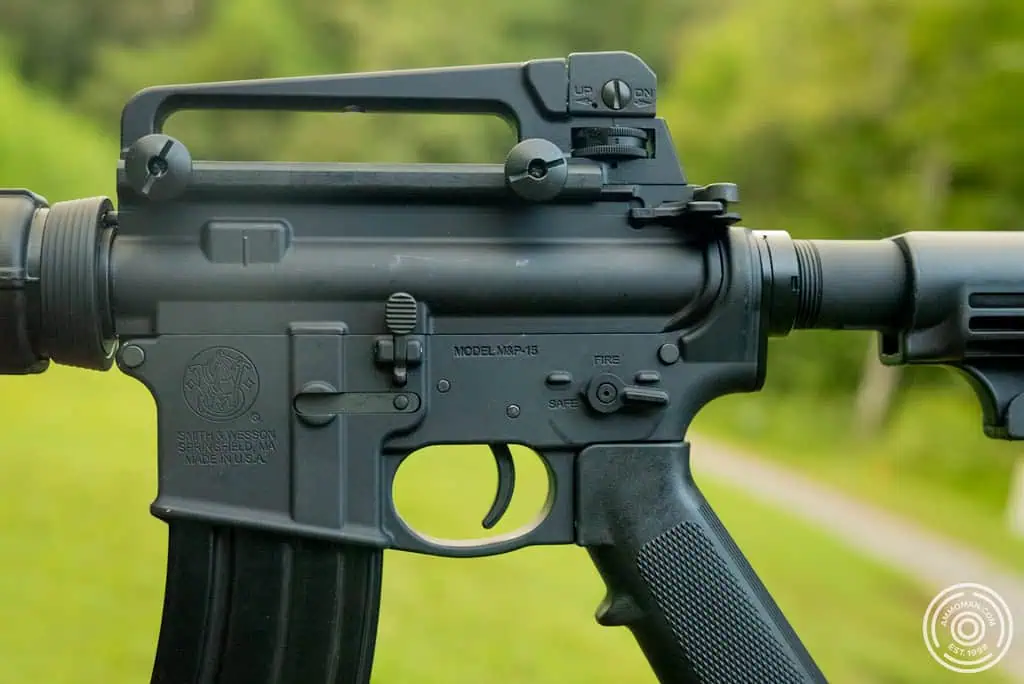
The M&P-15 Is a good example of what a basic AR-15/M4 looks like.
Common AK and AR15 Options
There are countless places and companies to buy either an AK or an AR from. This is just a short-list of a few preferred manufactures.
Buying an AR15 in the US
Today, a few commonly purchased brands for ARs are:
Bravo Company Manufacturing (BCM), Centurion Arms, Geisselee, and Daniel Defense.
Buying an AK in the US
For the AK, in the US it’s important to be more selective. Here are the more trusted names you’ll see that manufacture the AK platform:
Century Arms/Cugir WASR-10, Zastava, Rifle Dynamics, Meridian Defense, Arsenal and lastly Riley Defense.
While Riley is an American made brand, I (Kenneth) have been shooting a RAK74-C-SF (AK74 variant) from Riley and have had good success so far. I may do an article reviewing that in the future.
Be Picky With Your AK
Buying AK’s and AK parts manufactured in the US is generally ill advised due to the wide swath of build specifications, requiring custom fitment. Most US companies that make quality AK’s use import kits from Bulgaria or Romania. PSA has some of the most commonplace “Kalash” options nowadays with hit or miss performance as well as fit and finish. The average PSA AK47 GF3s will be on par with WASR-10s and will maintain reliability for the most part.
This is a very important piece to note because of the larger variance in quality across AK’s.
Performance
General performance can be measured in 3 ways: Reliability, accuracy, and ergonomics. One major component to each of these categories of performance is the type of gas operating system each rifle uses. Piston driven or direct impingement.
Gas Systems
The AK is a piston driven system. Meaning the gases from the bullet traveling down the barrel actuate a piston which drives back toward the shooter, causing ejection and partial trigger reset, then a spring under the receiver drives it back forward which causes the next round to be loaded and a full trigger reset.
While there are piston driven AR’s (HK 416/M27 and Sig Sauer MCX among the most common), the AR is generally a direct impingement system. Meaning that the gases from the bullet travel down a gas tube toward the shooter and interface directly with the bolt carrier group (BCG) which drives back, and then a spring in the buffer tube drives the BCG forward to culminate into the full cycle of operation. So for an AR, which gas system should you get?
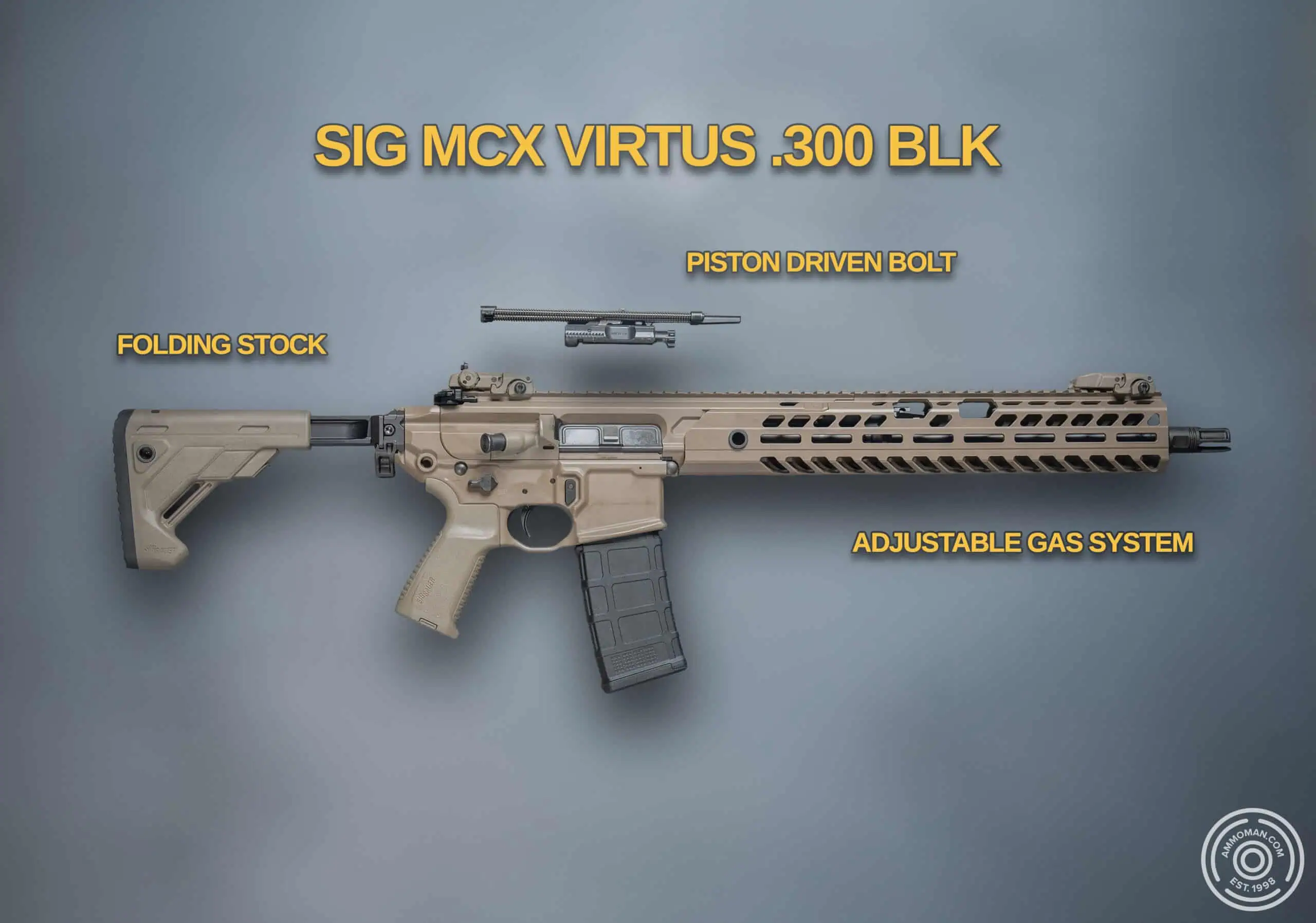
The SIG MCX uses a piston operated gas system.
There are pros and cons to both, and one isn’t inherently better than the other. Piston driven rifles generally keep the internals of a rifle cleaner, due to DI guns expelling gases in the receiver where the magazine, bolt, and trigger are. This can cause carbon buildup over time, but the amount of carbon buildup to gunk up a fire control group to the point where it can’t function would be tens of thousands to a hundred thousand rounds at least.
Reliability of AK47 vs. AR15
Both systems can be extremely reliable with proper maintenance, generally at a minimum, lubrication.
AR15 Reliability
A common thought is that the AK is more reliable than an AR, but this is not necessarily true. One main reason for this myth being perpetuated is that when the M16 first arrived in Vietnam, troops were not initially trained how to properly clean their M16s. This, combined with some early design issues led to increased casualties of US troops in the jungles.
(Photo of Vietnam soldiers)
In early 1967 with the fielding of the M16A1, proper maintenance and care were taught to troops, and most of these issues subsided. A modern AR15 of decent build quality will be very reliable under most conditions, assuming you are shooting decent ammo, and keep the BCG lubricated.
Direct impingement guns generally need to stay wet to run, with the carbon buildup causing more binding of a bolt carrier group within the receiver.
AK47 Reliability
Like Tyler mentioned on the performance side of the AK, a piston driven gun can often run with less lubrication. While piston operated guns do still need lubrication, (as any mechanical item does) they are often seen as more reliable in very cold weather, high altitude or water.
The variance in build quality with AK’s can cause issues such as head-spacing issues and improperly riveted trunnions and receivers.
Most potential issues with an AR can be resolved with cleaning and basic maintenance or replacing consumable items such as a bolt, extractor, gas rings, and springs. These are all relatively easy to do on either system, but replacing a barrel is much easier and cheaper on an AR15. All you need is a barrel nut wrench and vice, vs. the AK requiring a 12-ton press and riveting.
In terms of overall longevity, it will vary with how over-gassed a system is, but for an adequately gassed system, piston driven guns are considered to have better longevity. This is due to the cleaner operation reducing the wear on parts within the gun. There are a few important variables with piston driven systems, but we will cover that in a future write-up.
Accuracy
This brings us to the matter of accuracy. There is a multitude of factors behind what makes an accurate gun and the gas operating system can have a large effect as well. Direct impingement guns will almost always result in better accuracy. On the face, the AR tends to beat out on this category but let’s look at a few other reasons. I (Kenneth) took our SLR-107R from Arsenal in 7.72×39, and a BCM 14,5″ in 5.56×45 and shot a few groups at the range. Below are my “cold” groups with both. (Note that I shot the Arsenal with the iron sights, vs the AR with a red dot. Not bad IMHO)
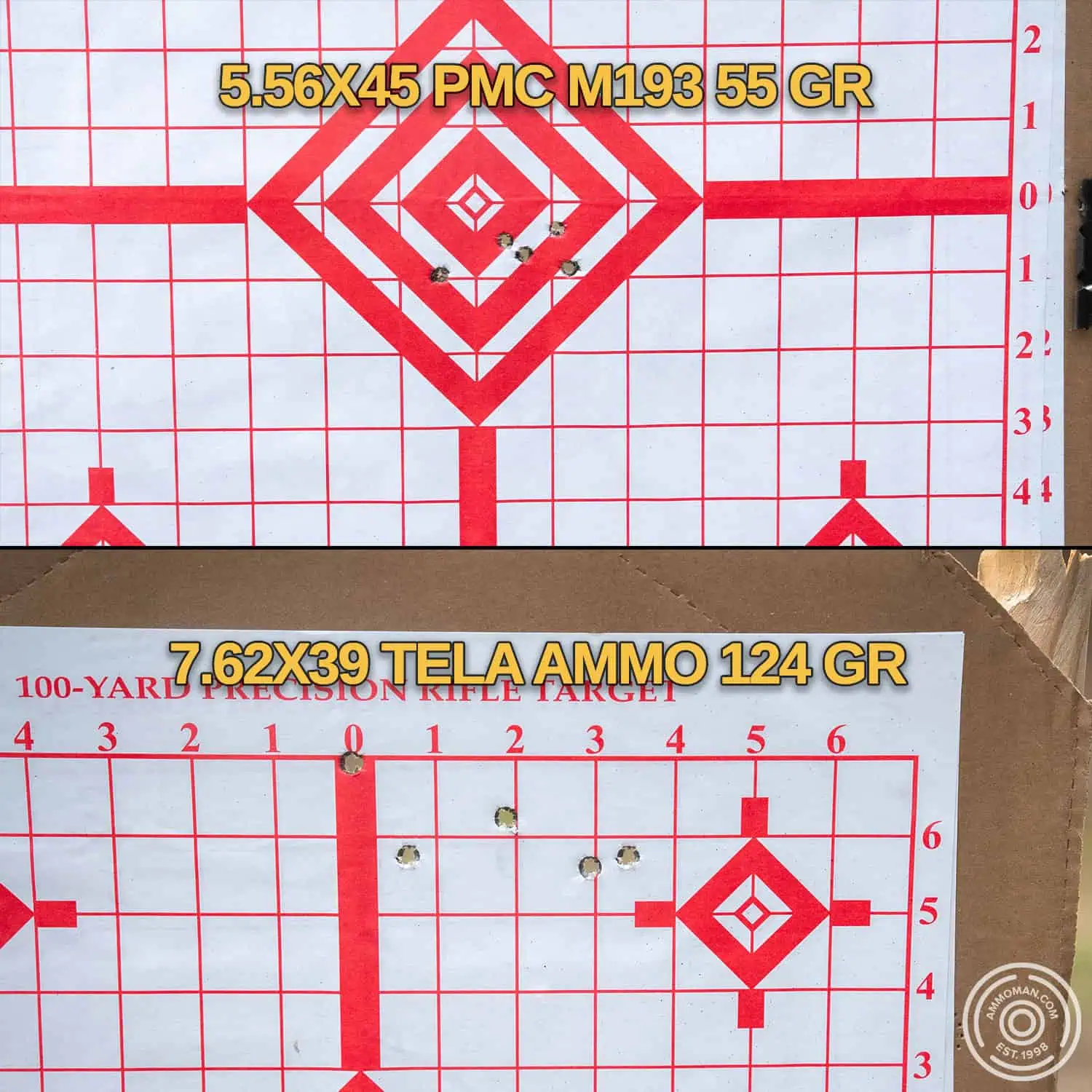
5-shot groups at 100 yards. with 16″ AR and AK. Standard ammo for each.
Free Float vs. Non-Free Float Hand Guards
Another factor is free float vs non free float barrels. A free floated barrel has a hand guard that does not touch the barrel. A modern off the shelf AR likely has a free float barrel, whereas the standard off the shelf AK does not.
Manufacturing
Another key factor in accuracy is in the manufacturing process of a rifle. AK’s are generally seen as less accurate and more reliable due to larger clearances (not to be confused with tolerances. Tyler is going to explain more on this in a bit) between components.
Generally speaking, an AR-15 will deliver 1.5 – 2 MOA, while typical AK accuracy falls in the 2-4 MOA (Minute Of Angle) range. If you’re unsure what MOA is, you can refer to this article, but in short it’s the bullet spread at 100 yard increments. IE a 1 MOA gun can produce a 1-inch spread at 100 yards, 2-inch spread at 200 yards, 3-inch spread at 300 yards, etc. Accuracy will still largely be determined by the shooter, but there are mechanical limitations to a gun’s accuracy at a certain point.
Quick Note on Clearances vs. Tolerances
Okay so, what’s the difference between clearances and tolerances?
Clearances are the amount of space between two components. Tolerances are the allowed range in measurements of manufactured components. Larger tolerances often cause tolerance stacking where two parts on the cusp of their tolerances do not fit together.
The AK has been refined in its manufacturing process over the years to not induce tolerance stacking, though fitment of parts between different countries of origin and manufacturers is not always guaranteed. Larger clearances that fall within a tight tolerance will achieve a desired effect on reliability, without necessarily effecting accuracy.
Velocity
While not directly involved in the accuracy of a gun, velocity has great effect on the range someone can get a probable first round hit, as well as what effect the round will have on target. 5.56×45 and 5.45×39 are both high velocity rounds, and suffer less bullet drop than a 7.62×39. This is part of why the 7.62×39 is deemed to be a “350 yard round” though with the proper bullet drop compensation, one can determine roughly where expended rounds will land at distance. Having a solid grasp on bullet drop however will still not overcome the mechanical limitations to a gun’s accuracy.
Ergonomics
This will be largely subjective, and most “ergonomic downfalls” of a platform can be overcome with training. Ergonomics will be classified as the ease of use for loading, firing, handling, and repeating that process.
Manual of Arms
The manual of arms (operating procedures) of an AK47 vs. an AR15 is influenced by the country of origin and common practices between the eastern and western users. For example, in the west it’s taught to always keep your firing hand on the grip. A reload will be performed with the support hand. The east does not necessarily take this stance, and the AK maintained the charging handle on the right side for simplistic design and because at the time the average Soviet soldier was used to the Mosin Nagant, a bolt action rifle. So the manual of arms was meant to mimic that to a degree.
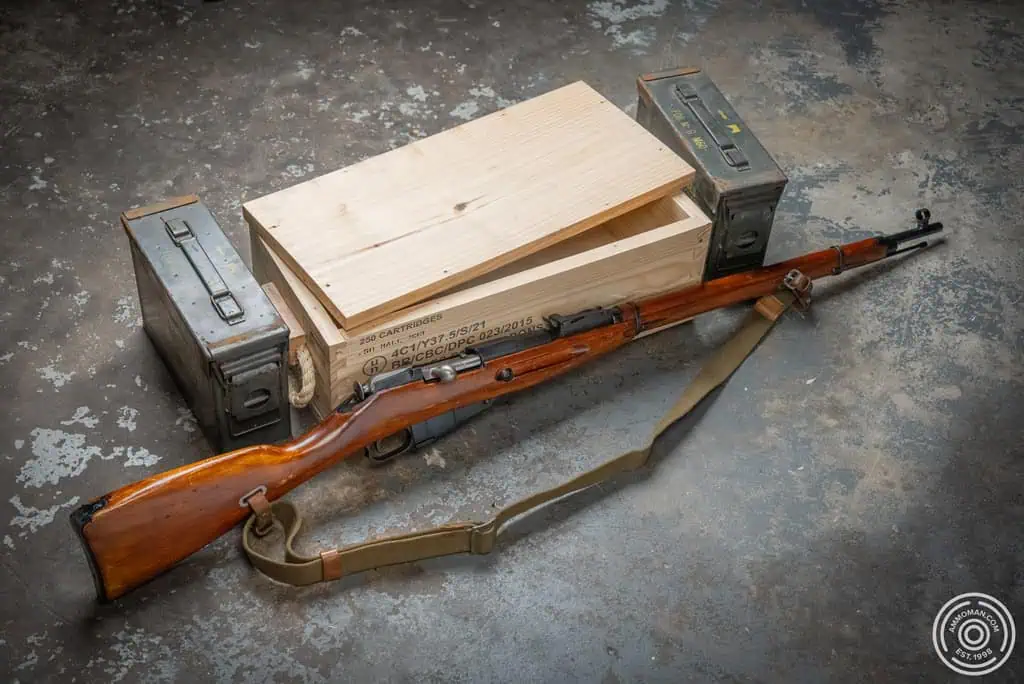
Mosin Nagants are harder to find these days, but they used to be sold surplus for around $100…by the crate!
Last Round Lock-back
The AK does not have a bolt that locks back to the rear upon the bolt cycling with an empty magazine. This causes a shooter to be unaware if their magazine is empty unless they’re keeping track of rounds in a magazine, or if the *click* of a firing pin falling with an empty magazine occurs.
The AR has a very defined feeling of the bolt going back and forward during the recoil impulse, so a semi familiar shooter can feel when the bolt locks back to the rear, indicating an empty magazine or malfunction.
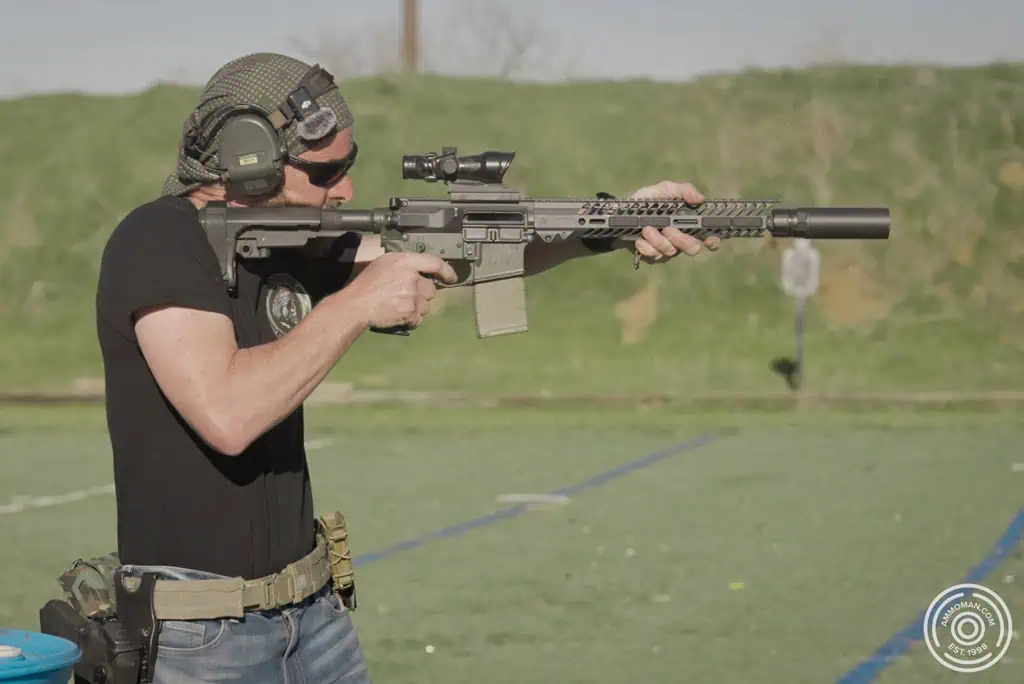
Last round lock-back on AR-15.
Safety Design
In general, engaging and disengaging the safety as well as reloading is much simpler and easier to perform on an AR. The AK has much broader movements, though it can be simpler for left handed shooters to reload an AK compared to an AR without an ambidextrous setup. That being said, a very well trained AK shooter can reload an AK faster than an entry level AR shooter, but it does not take much time for an AR shooter to catch up and outpace an AK shooter.
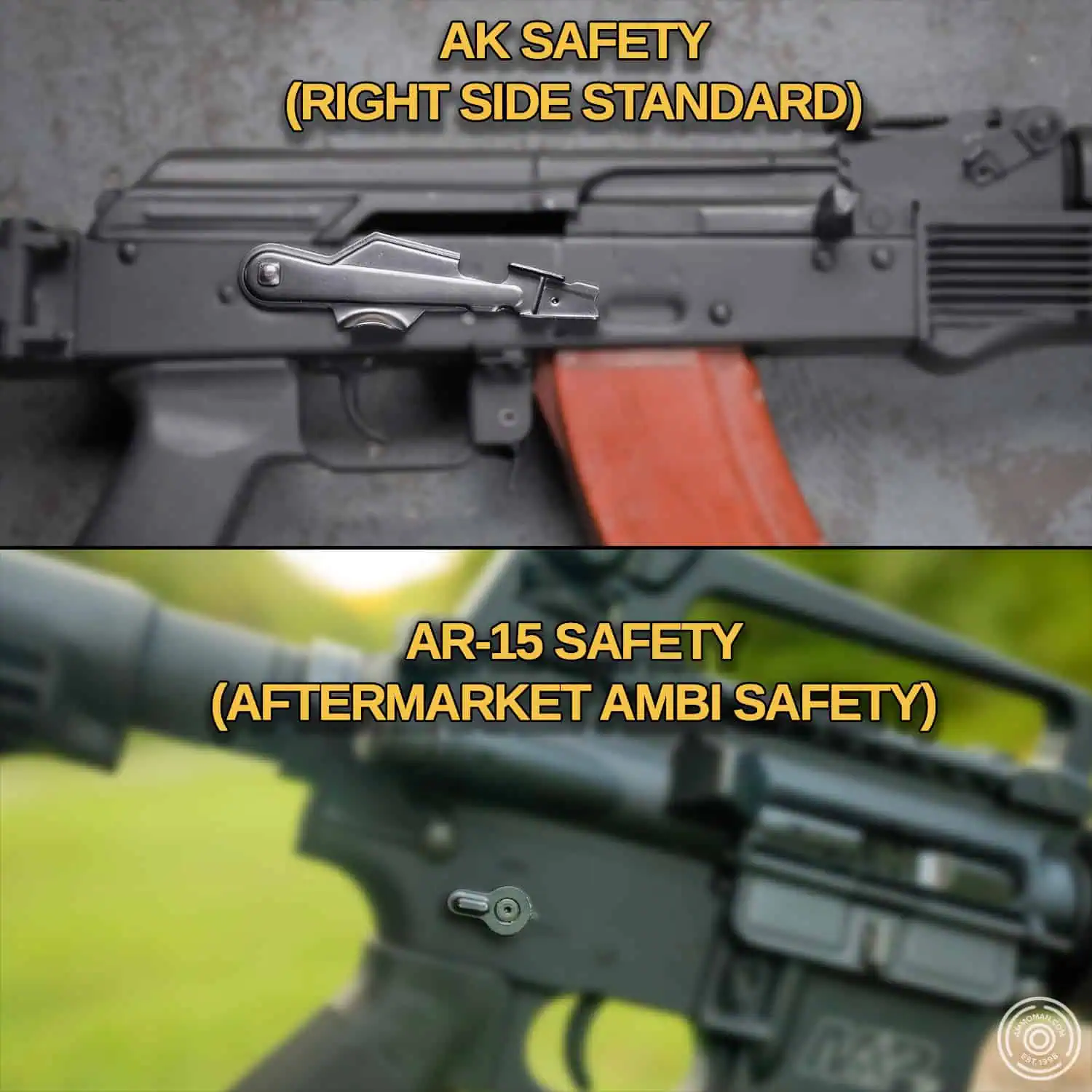
Training is the best way to overcome the awkward AK safety.
Note: To load an AK, the safety must be disengaged.
In general, An AK chambered in 7.62×39 has higher recoil than a 5.56×45 AR. The AR is a lighter platform, made mainly of aluminum and polymer. AK materials consist of stamped steel and wood or polymer. In general, this makes the AR-15 faster to get on target and more controllable during sustained firing.
Customization
When getting a modern rifle, the natural progression is to add an optic, light, and sling. This is a drastically different process depending on if you purchase an AK47 vs. the AR15.
Optics
Mounting an optics is a game changer when it comes to shooting performance at speed. Depending on the optic you choose, it will add capability to maximize your ability to engage targets at greater range as well. Both the AK and AR have methods to do this but the AR is significantly more “plug and play.”
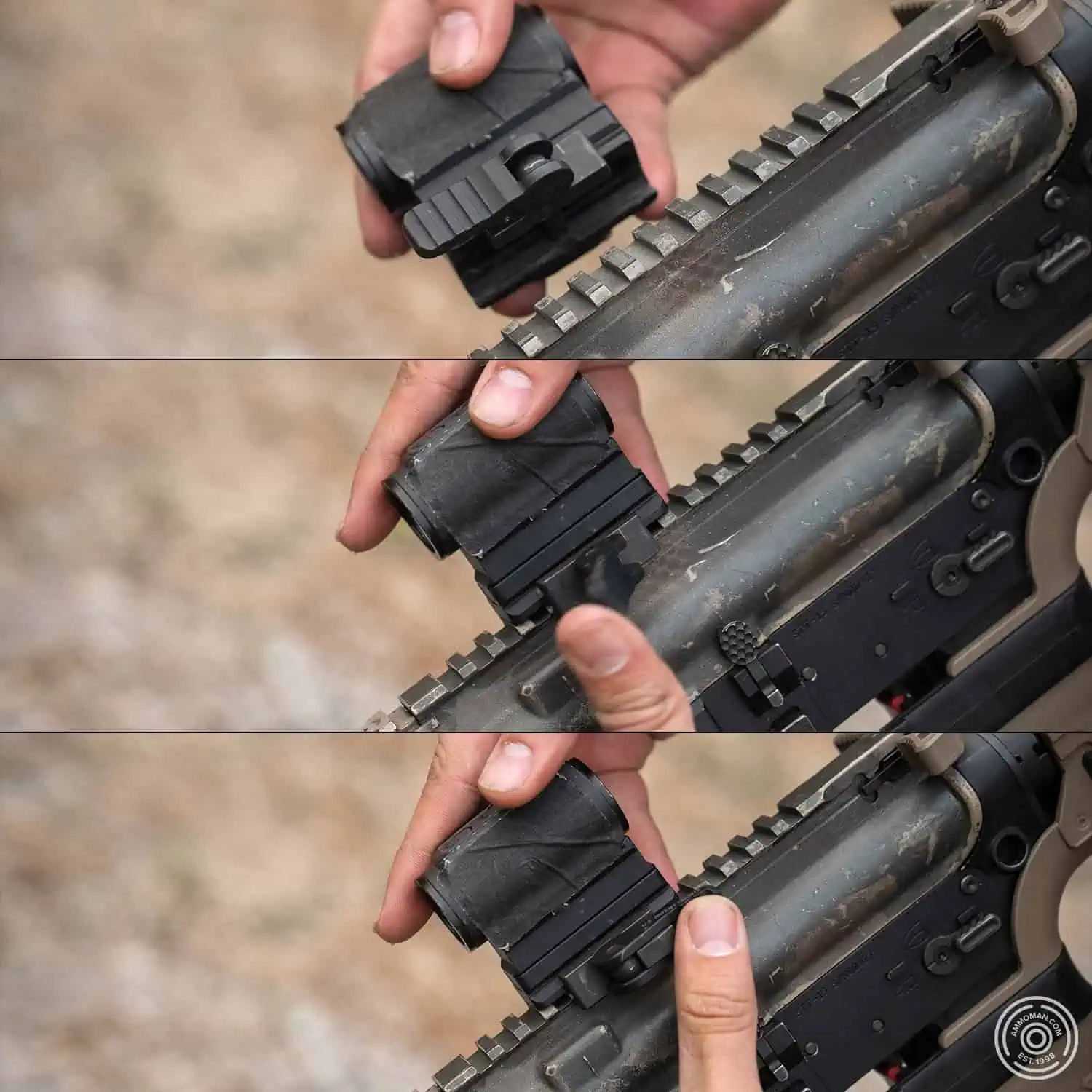
Quick Detach Red Dot on AR
AR-15 Optic Mounts
Mounting an optic to an AR-15 is simple. Most come with a flat top 1913 rail on the upper receiver, or a fixed carry handle that that can have a 1913 rail attached. Some optics like the trijicon ACOG can directly mount to the carry handle.
AK Optic Mounts
The AK has a few ways of solving this issue. You can either add a side mount optic rail (though not all AKs have a rail on the side of the receiver), a railed dust cover (railed dust covers do not all hold zero to the same degree), replacing your rear sight with a rail mount for a micro red dot, or by replacing the front gas tube with a railed gas tube for forward mounting of red dots.
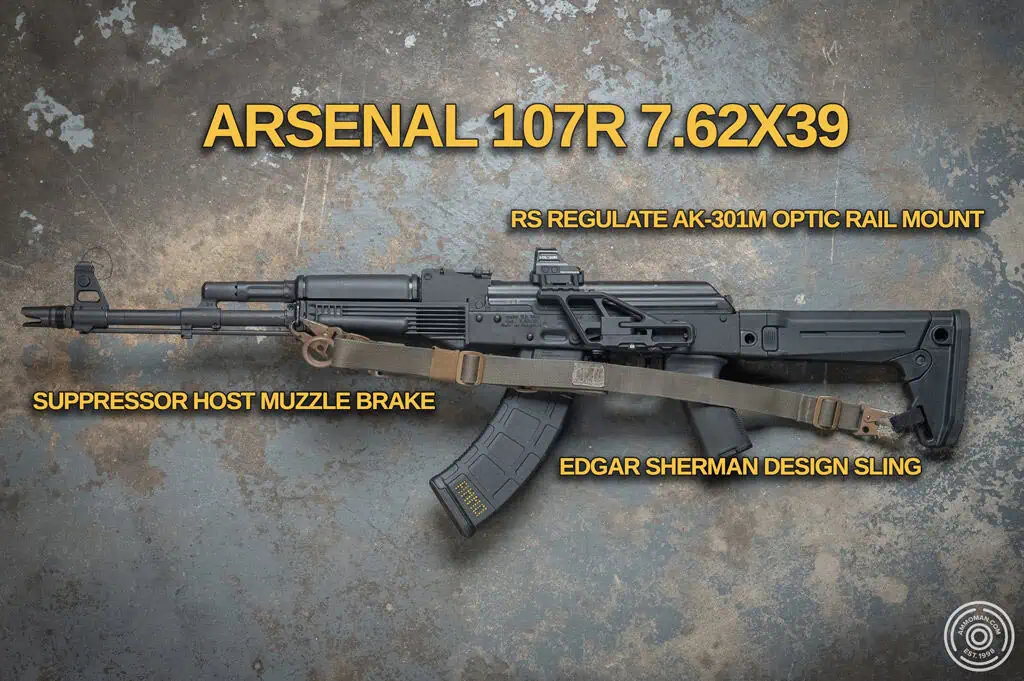
Arsenal SLR-107R with basic accessories.
Each of these require additional pieces to be purchased and installed, and the fitment of these pieces can vary based upon the rifle country of origin and that country’s spec. You may get lucky and have good fitment on the first go, but then again, you might have to fiddle and work with what you have.
Lights
Putting a light on an AR with a basic plastic handguard would either require a replacement handguard or barrel mounting. That being said, most AR’s from modern manufacturers come with either M-LOK or 1913 Picatinny rails. When purchasing a light from a company like Surefire, Modlite, Cloud Defensive, etc the option for M-LOK mounts is available and light mounts like the Overbore SWVL also come with either option.
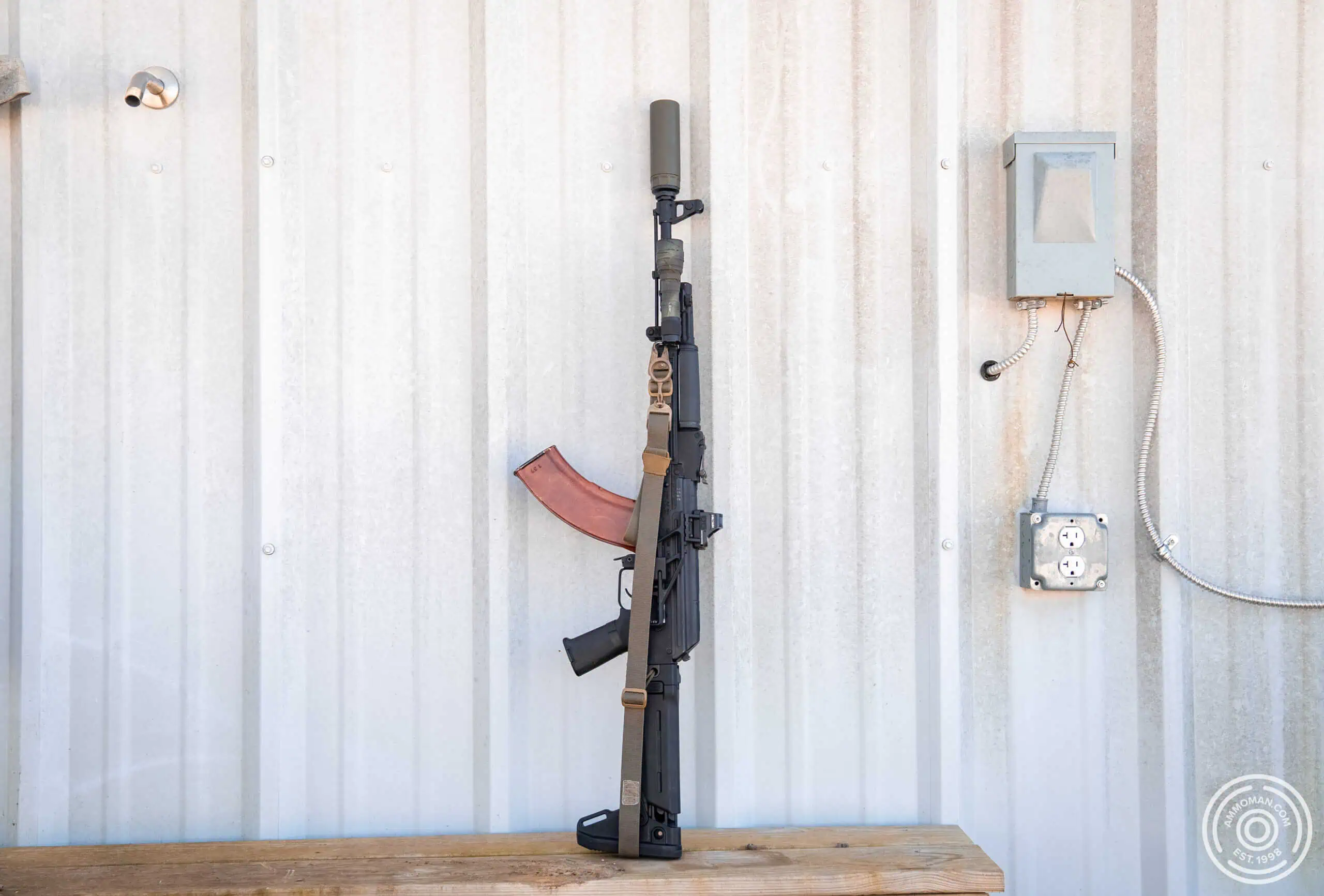
AK-107 with Midwest Industries light/laser mount, Streamlight HLX and Witt Machine MOD-1 suppressor.
AKs generally do not come default with a rail, though some companies make barrel clamp rails for mounting lights. Lights can be mounted in an offset fashion to railed gas tubes, and the easiest and cheapest way to mount an optic and light to an AK is through a railed gas tube such as Ultimak, however this will require rezeroing your optic if you remove the gas tube for cleaning or maintenance. AK rails can be purchased from companies like Sureshot, RS Regulate, Midwest Industries, or Zenitco.
Note that Zenitco has been banned from import since the start of the Russo-Ukrainian war, so getting them from Russia is not easy, and buying them second hand tends to be quite expensive.
When attaching a rail to an AK, it generally will require some work with a dremel and custom fitting. Russian and Romanian spec rifles are most similar, with Bulgarian and American rifles being slightly different. Yugo spec rifles (Zastava) are not similar at all and usually not compatible with other AK variant parts. With some digging it’s possible to find which spec certain companies work off of and which accessories will be easiest to fit with the least amount of grinding to custom fit.
Slings
AKs by default have a built in sling mount, and ARs with free float rails do not always have one, though rails from Centurion, BCM, and Geissele all include QD mounts for slings.
Magazines
While not necessarily customization, buying additional magazines will require nuance.
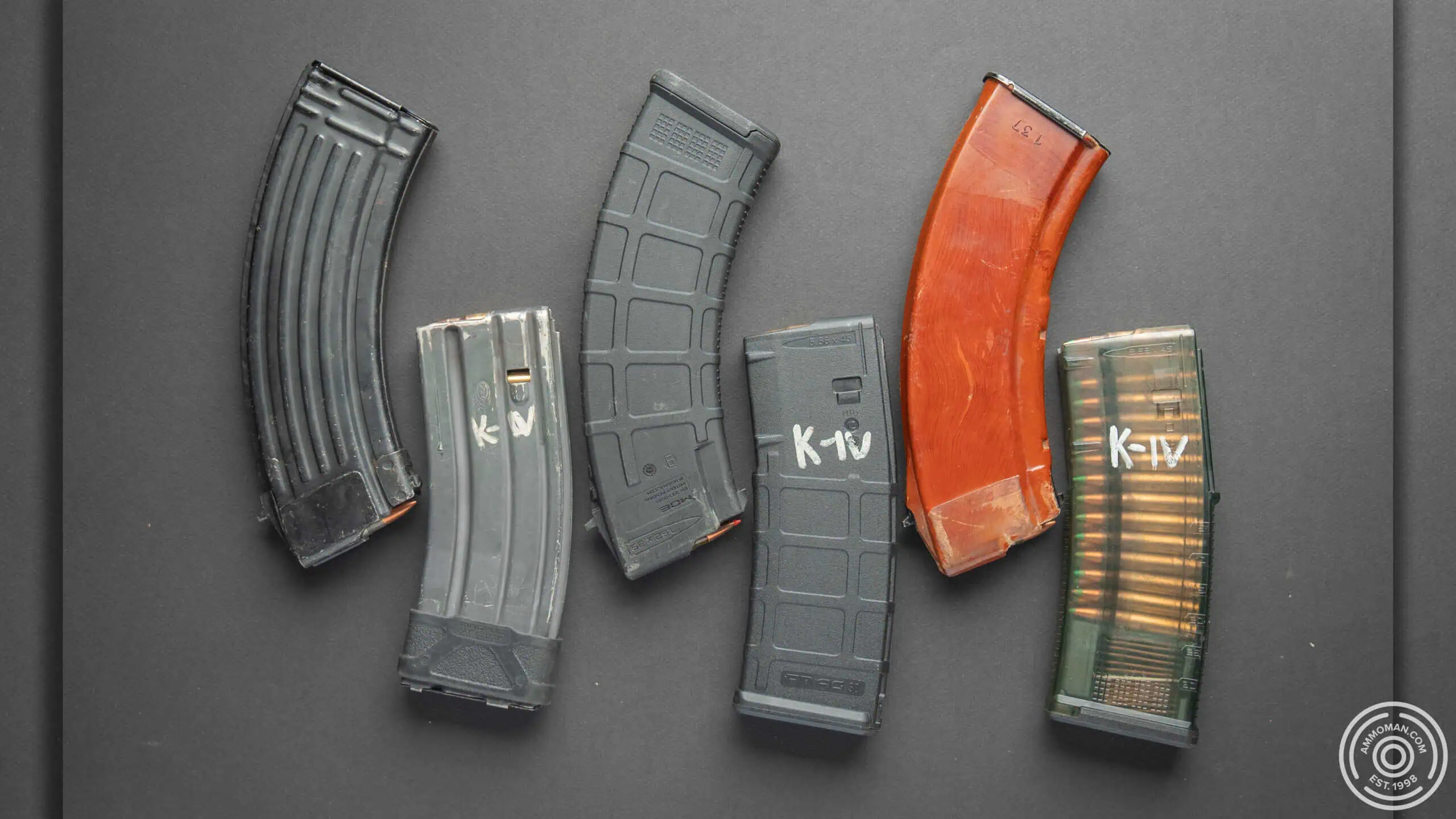
Here is an example of steel, polymer, bakelite and translucent magazines for both 5.56×45 and 7.62×39.
There are fitment issues with certain AK magazines interfacing with certain AK platforms, and this can usually be categorized by country of manufacture or spec. For ARs, magazine fitment will be universal since there is a NATO wide standard. Quality of magazines will always be hit or miss no matter the platform, so that is not a factor for this.
Ammunition
Recently, the cost of 7.62×39 ammunition has gone up while 5.56 has remained somewhat steady. .300 Blackout cost is decreasing as it becomes more popular. Unfortunately since 2014, 7N6 5.45 ammunition has been banned from import as well as a general Russian ammunition ban.
Ammo Price
That ban caused 5.45 to be difficult to find, but generally around 50-60 cents per round when available which falls in line with the other 3 calibers being compared. This doesn’t account for the quality of the ammunition though. For 7.62×39 and 5.45×39, “quality” is generally considered to be steel cased ammo, but there are also good brass options. For 5.56×45 and .300 Blackout you definitely will see better results with brass cased ammo. Considering the quality of ammunition, price per round will usually be cheaper with NATO rounds.
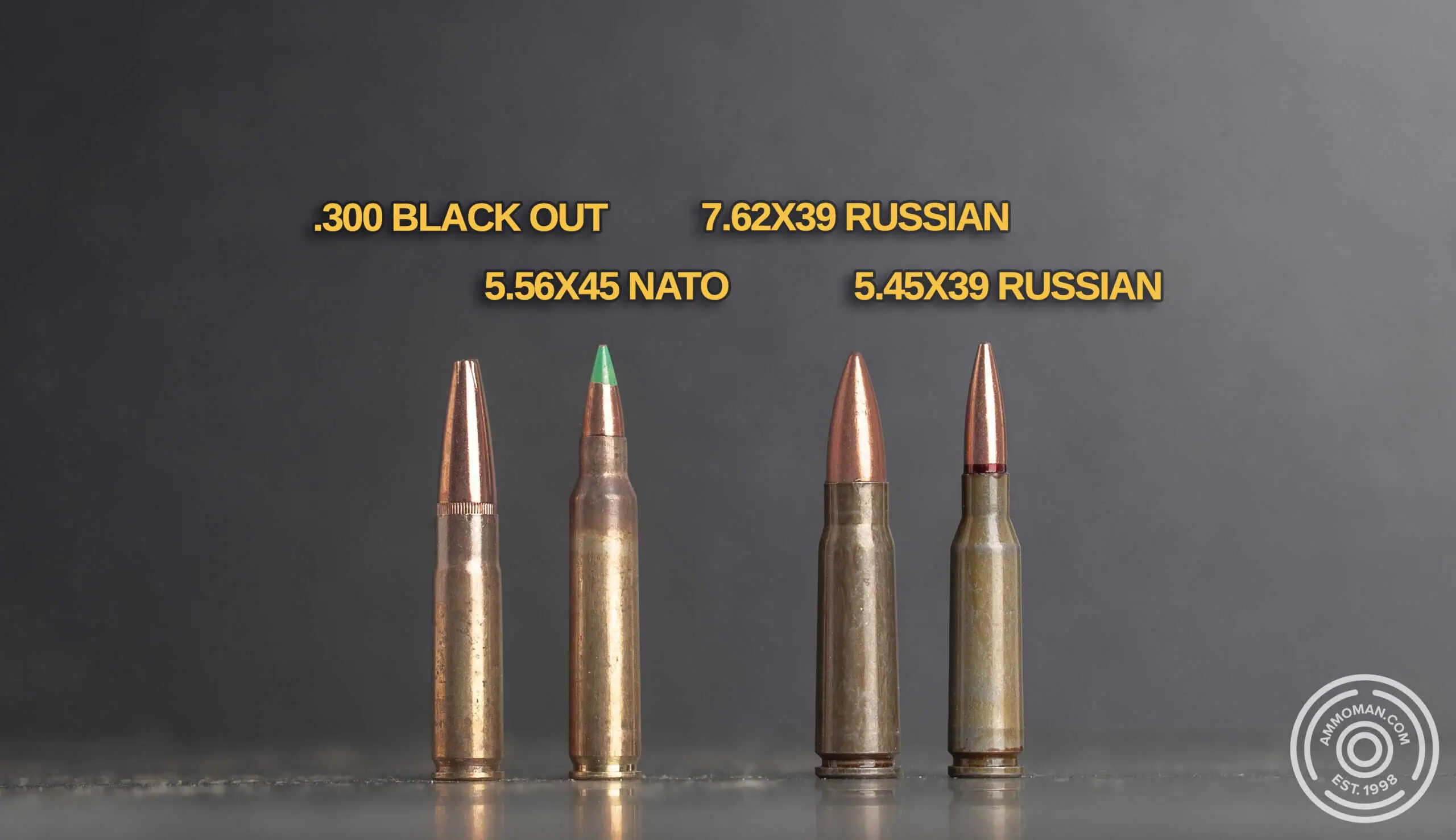
(From the left) .300 BLK, 5.56×45, 7.62×39 and 5.45×39.
Ammunition Performance
For today, we will compare AK’s chambered in 7.62×39 or 5.45×39. On the AR, we will stick with 5.56 or .300 Blackout. There’s obviously nuance in regard to barrel length and grain weight, but this is only a generalized comparison.
5.56×45 AK’s and 7.62×39 AR’s do exist however, both of those platforms come with issues and are not generally used by countries that employ these platforms.
We’ll do this comparison with 16” barrels:
| Caliber | Muzzle Velocity (fps) | 100 yards | 300 yards | 500 yards |
|---|---|---|---|---|
| 5.56x45 M193 55gr FMJ | 3.200 fps | Velocity: 2,800 fps | 2,150 fps | 1,600 fps |
| Drop: ~-2” | ~-14” | ~-55” | ||
| Energy: 955 ft-lbs | 540 ft-lbs | 313 ft-lbs | ||
| 5.45x39 7N6 53gr FMJ | 3,000 fps | Velocity: 2,700 fps | 2,050 fps | 1,500 fps |
| Drop: ~-2.5” | ~-16” | ~-58” | ||
| Energy: 850 ft-lbs | 500 ft-lbs | 270 ft-lbs | ||
| 7.62x39 123gr FMJ | 2,350 fps | Velocity: 2,100 fps | 1,650 fps | 1,200 fps |
| Drop: ~-3” | ~-22” | ~-90” | ||
| Energy: 1,150 ft-lbs | 740 ft-lbs | 400 ft-lbs | ||
| .300 Blackout 125gr FMJ supersonic | 2,250 fps | Velocity: 1,950 fps | 1,450 fps | 1,050 fps |
| Drop: ~-4” | ~-28” | ~-105” | ||
| Energy: 1,215 ft-lbs | 580 ft-lbs | 300 ft-lbs |
While the .300 Blackout is designed around a 9” barrel and the most common bullet weight is 110gr, we compared the 125gr out of a 16” barrel because that’s the most similar to standard 7.62×39.
Key Takeaways:
- 5.56×45 has the flattest trajectory and maintains velocity best at long range.
- 5.45×39 is similar to 5.56 but has slightly more drop and less energy retention
- 7.62×39 has the most energy at close range but loses velocity and drops significantly at 300+ yards
- .300 Blackout performs similarly to 7.62×39 with greater bullet drop at distance
Caliber Swapping
The benefit of the AR shines when one starts integrating the platform’s respective 7.62 round. If you have an AR and want to shoot .300 Blackout, it’s quite simple. All you need is a separate upper, and some specially marked magazines for safety. The difference in components between a 5.56 AR and .300 Blackout AR is the barrel. This could be beneficial for a dedicated home defense setup. Perhaps a shorter barrel and suppressor. It can also be great for hunting at closer range. Whitetail in the woods or hog hunting are easily taken with a cartridge like .300 blackout within 100 yards.
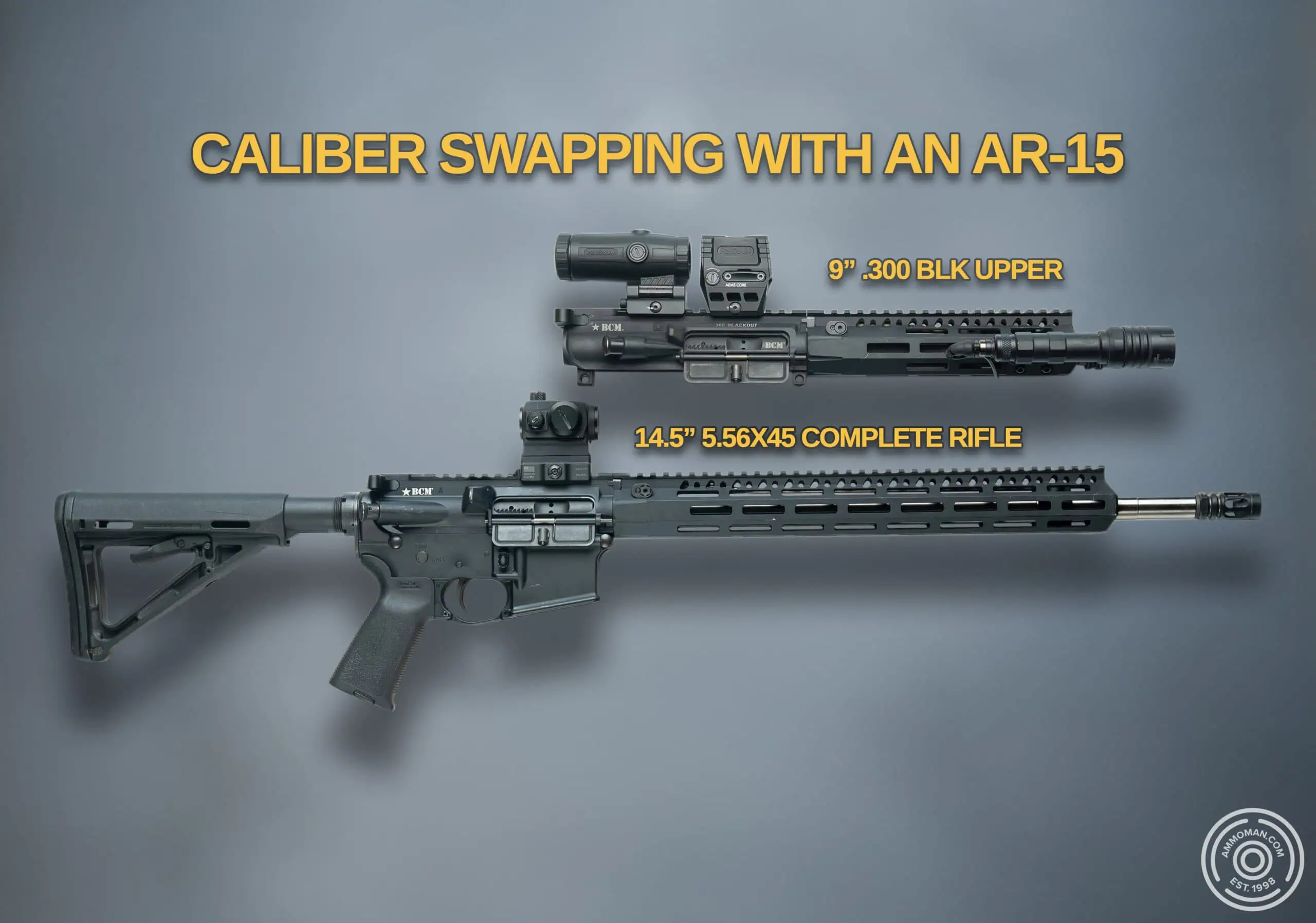
To switch from 5.56×45 to .300 BLK,
all you need is a .300 BLK upper.
With the AK, you need totally separate rifles and magazines. The trigger components, as well as some springs and furniture will carry over between 7.62×39 and 5.45, but the bolt carrier group and barrels will be different. Doing a garage build is difficult with the AK without specialized equipment and knowledge. Since the AR upper can separate from the lower, swapping setups is quick and easy.
Cost Breakdown
| Category | AR-15 (Basic Setup) | AK (Basic Setup) |
|---|---|---|
| Base Rifle | $600 (PSA) - $1,500 (BCM) | $800 (PSA) - $1,500 (WASR-10, Zastava, Arsenal) |
| Optic Mount | Included | $100-200 (RS Regulate, Ultimak) |
| Optic (Red Dot) | $250-600 (Aimpoint, Eotech) | Same as AR |
| Sling & Mounts | $50-150 | Same as AR |
| Rails/Handguards | $100-400 (Centurion, BCM, Geissele) | $100–$700 (Ultimak, Midwest Industries, Sureshot) |
| Triggers | $100-350 | $50-$150 |
| Weapon Light | $150-400 | Same, but requires a rail upgrade ($50-300) |
Conclusion
While both can be customized to the same degree, the AR is generally easier to customize. AK’s require more time and attention. Your decision should be based on your location and intended use. The AR-15 can be more cost-effective, accurate, and modular, with easier caliber changes.
The AK excels in rugged environments and is simpler in extreme conditions. The AK offers considerable performance at close-medium range and can be outfitted with all of the modern accessories with some experience and know how.
If ammunition availability is a concern, 5.56 ARs are the best option due to NATO standardization and supply. With surplus AKs becoming rarer and ARs continuing to evolve, the AR-15 remains the more practical option for most users in the West.

